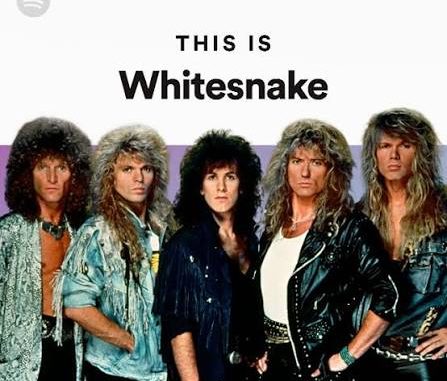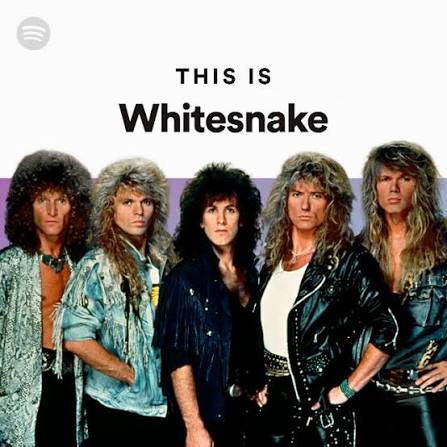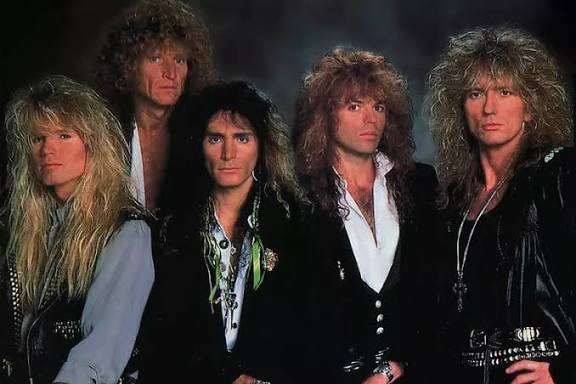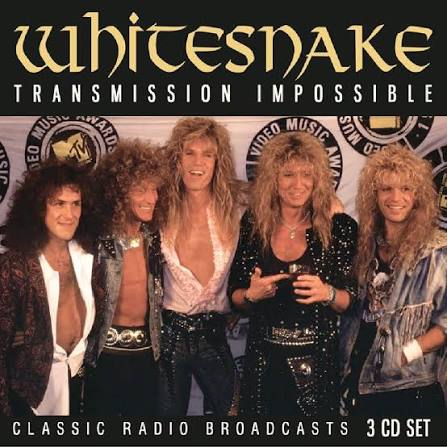
When David Coverdale moved from the industrial heart of Yorkshire to the glittering world of Los Angeles in the mid-1980s, few could have predicted that his bluesy British rock band Whitesnake would soon become one of the defining acts of the MTV generation. But as Coverdale himself once joked, “Yorkshire lads shouldn’t marry American actresses”, because that marriage just might turn your band into a global phenomenon.




That American actress, of course, was Tawny Kitaen, the flame-haired model and actress whose unforgettable performances in Whitesnake’s music videos for “Here I Go Again,” “Still of the Night,” and “Is This Love” helped catapult the band from respected rock outfit to full-fledged superstars.
From Northern Soul To Hollywood Shine
Before the big hair, white Jaguars, and MTV fame, Whitesnake was a very different band. Formed by Coverdale in the late 1970s after his tenure with Deep Purple, Whitesnake was originally steeped in blues-based hard rock, more in line with British traditions than L.A. flash. Their early albums, like Ready an’ Willing (1980) and Saints & Sinners (1982), earned them a loyal following in Europe and the UK, but American stardom remained elusive.
That all changed when Coverdale decided to relocate to the U.S. and reinvent the band’s sound, and image, for the MTV era. The transition wasn’t easy. After a major lineup shuffle and a vocal surgery that nearly ended his career, Coverdale returned with a renewed sense of purpose.
“I was told my voice might not recover,” Coverdale later recalled. “But I came out the other side hungry and determined. I wanted to take Whitesnake to places we’d never been before.”
Enter MTV And Tawny Kitaen
In 1987, Whitesnake released their self-titled album, a hard rock masterpiece powered by hits like “Still of the Night” and the re-recorded “Here I Go Again.” But it wasn’t just the music that caught fire. It was the visuals.
MTV was at its cultural peak, and the video for “Here I Go Again” became iconic overnight. Tawny Kitaen, then Coverdale’s girlfriend and later wife, starred in the video, flipping her hair, dancing atop the hoods of two Jaguars, and embodying the very essence of 1980s glam.
“Tawny brought something magical to those videos,” Coverdale once said. “She was fearless, sensual, and full of energy. MTV turned that into lightning in a bottle.”
Her charisma, combined with Whitesnake’s slick production and arena-ready sound, transformed the band into stadium-filling megastars. The Whitesnake album went on to sell over 8 million copies in the U.S. alone, and the band’s videos dominated MTV’s rotation for months.
The Cost Of Fame
Yet, as Coverdale would later admit, fame came with its own challenges. The pressure of success strained relationships within the band, and his marriage to Kitaen eventually unraveled amid the spotlight’s glare.
“It was a wild ride,” Coverdale reflected years later. “But those years defined us, for better or worse. Tawny and MTV gave us visibility we could never have imagined. It was destiny, really.”
Legacy Of A Rock Revolution
Today, Whitesnake (1987) remains one of the most successful rock albums of its era, a symbol of the decade when British hard rock met American showbiz and conquered the world. Coverdale’s tongue-in-cheek warning about “Yorkshire lads and American actresses” might sound like a quip, but behind it lies a story of ambition, transformation, and the unpredictable magic of rock ‘n’ roll.
“We didn’t plan it that way,” Coverdale said with a smile. “But once the music hit MTV, and once Tawny was in those videos, well, there was no going back.”
And just like that, a lad from Saltburn-by-the-Sea became a global rock god, and Whitesnake, thanks to MTV, the 1980s, and one unforgettable woman, slithered straight into the history books.
Leave a Reply